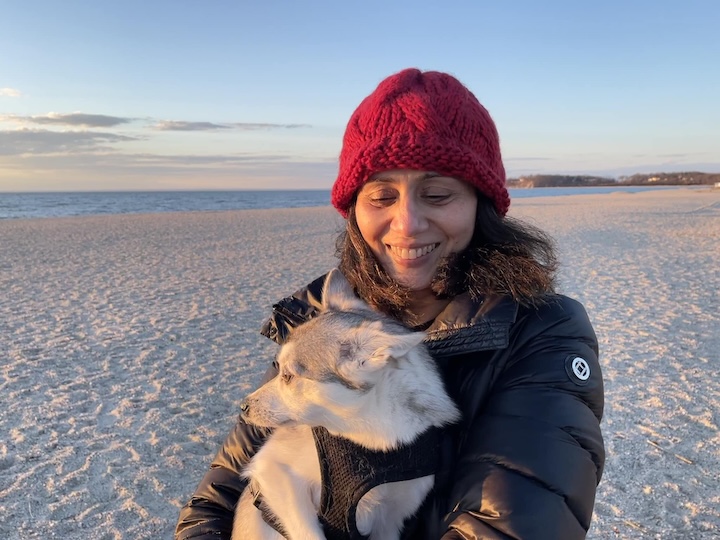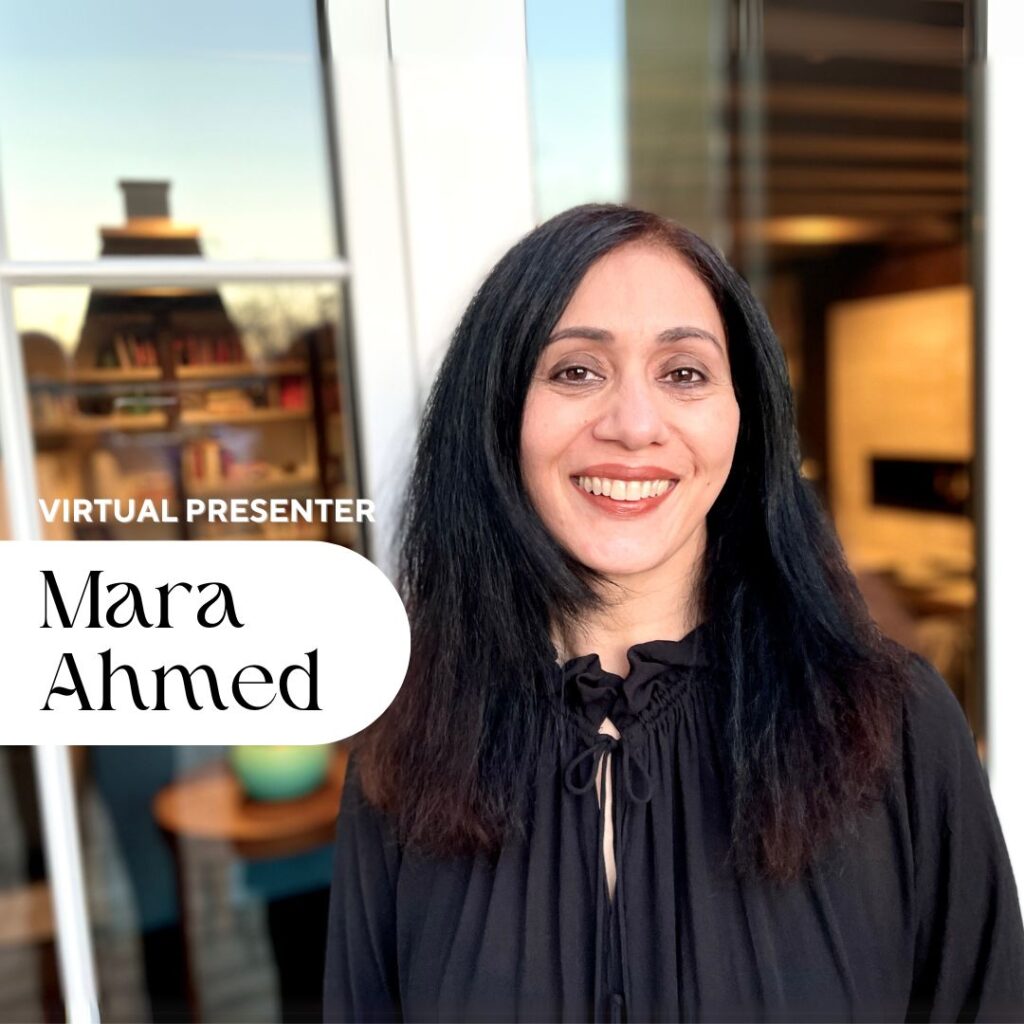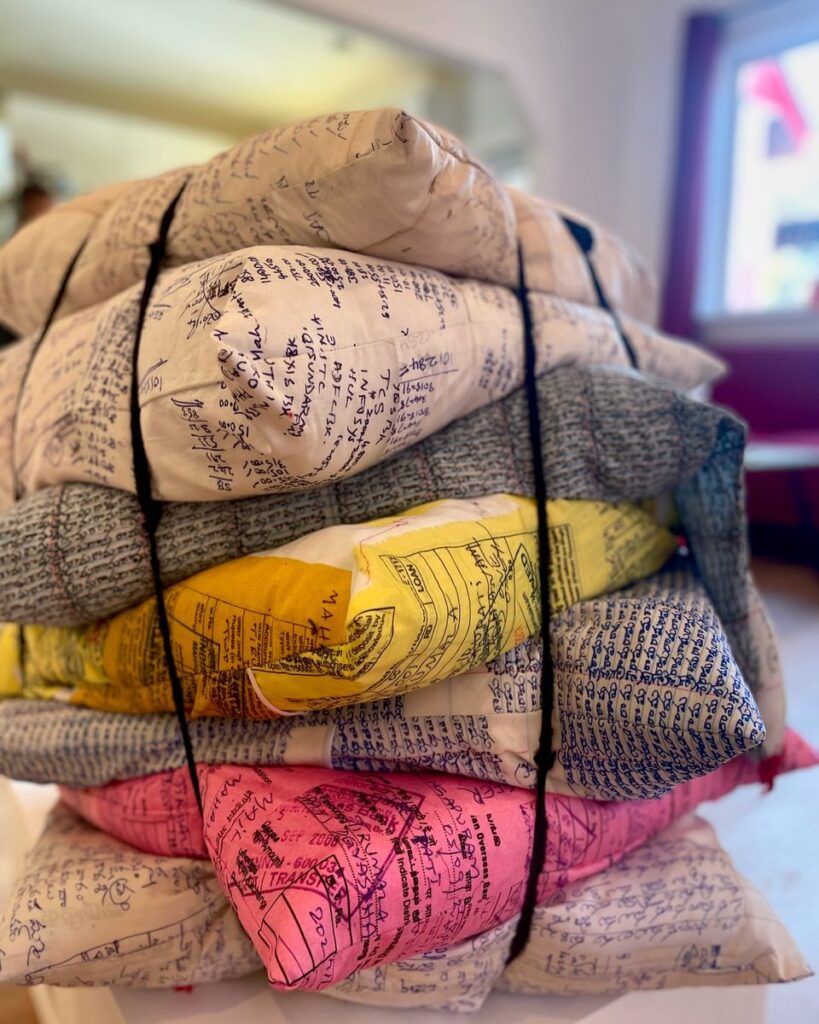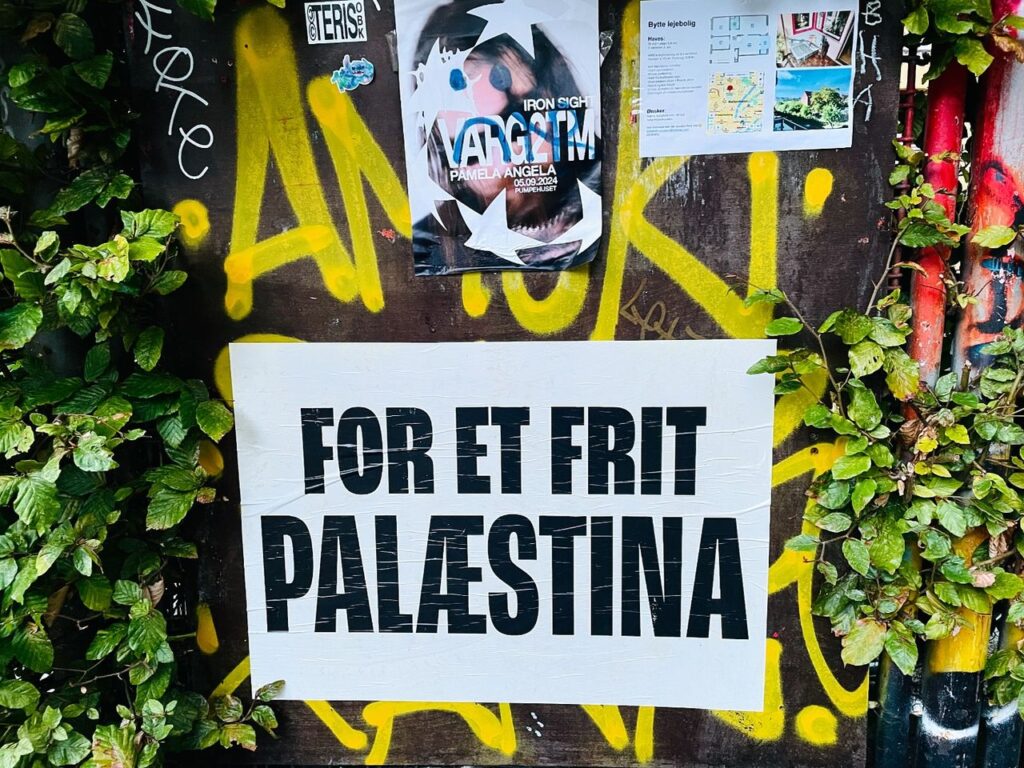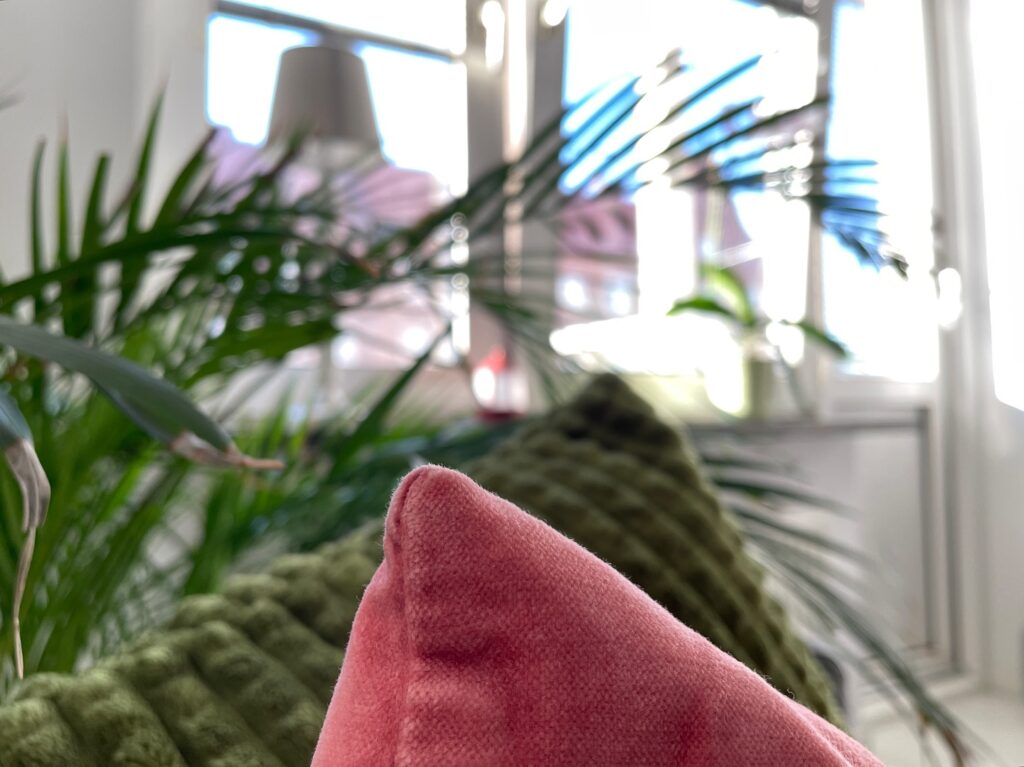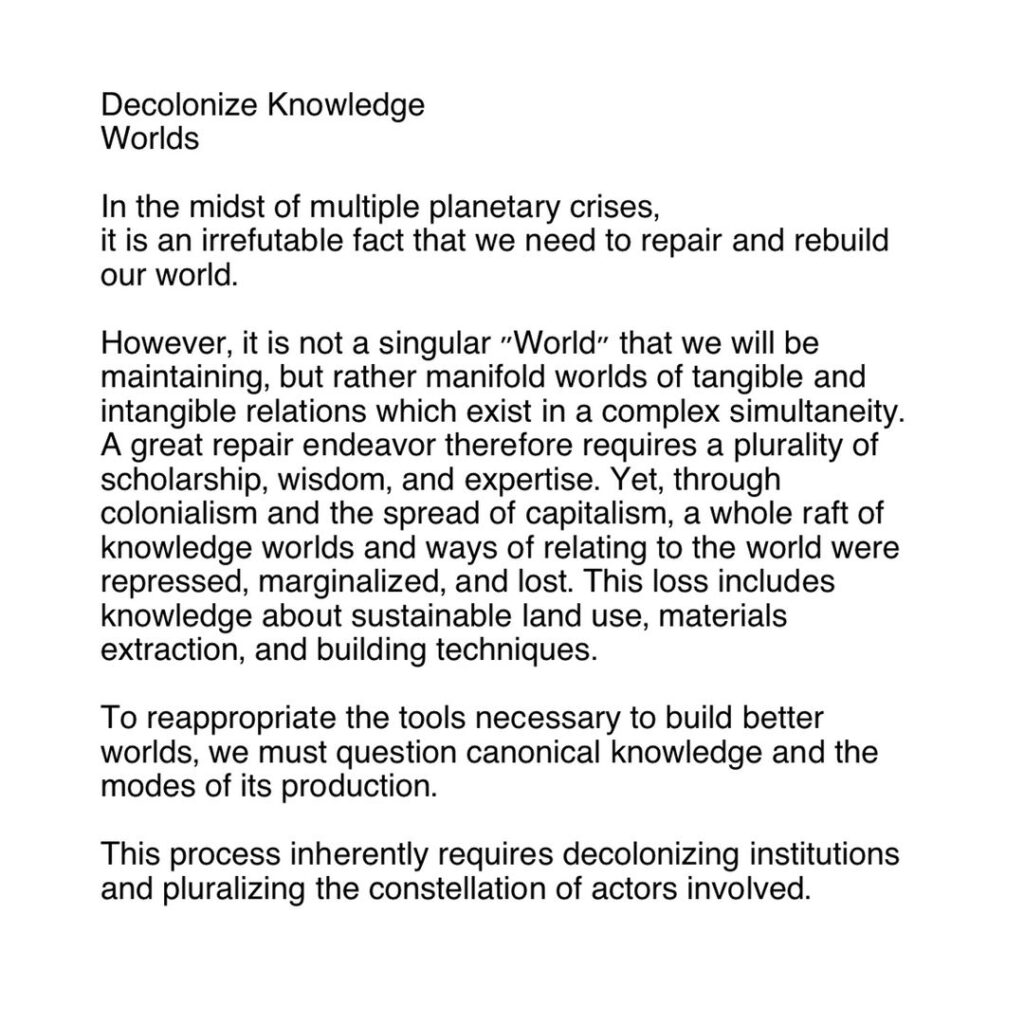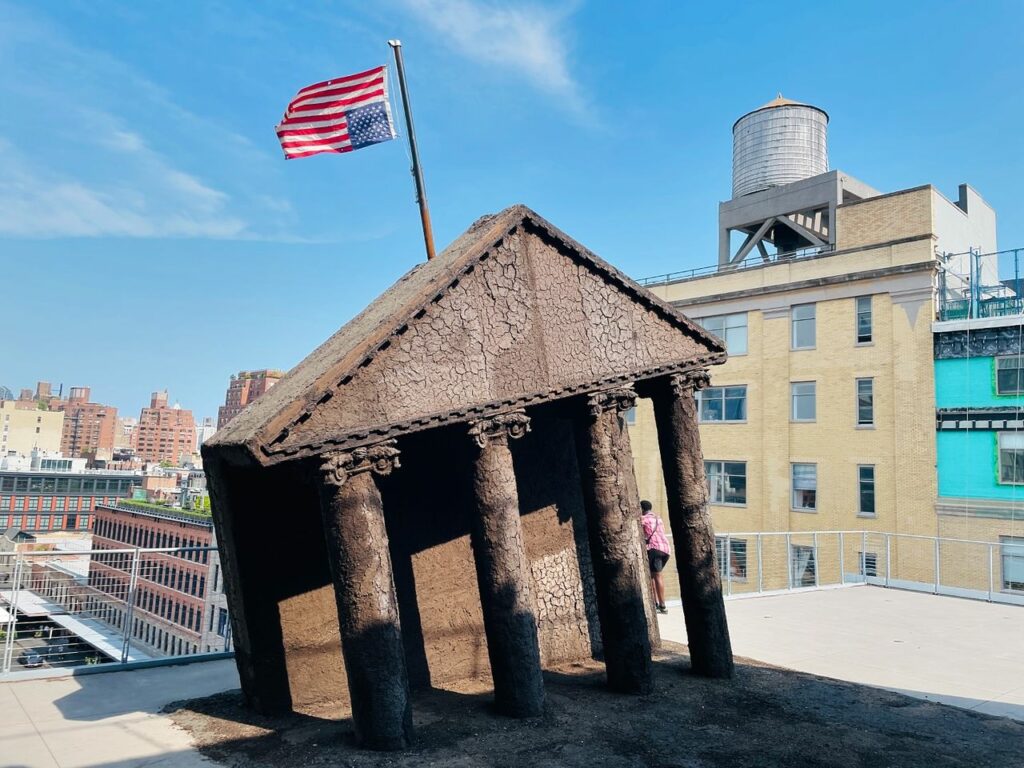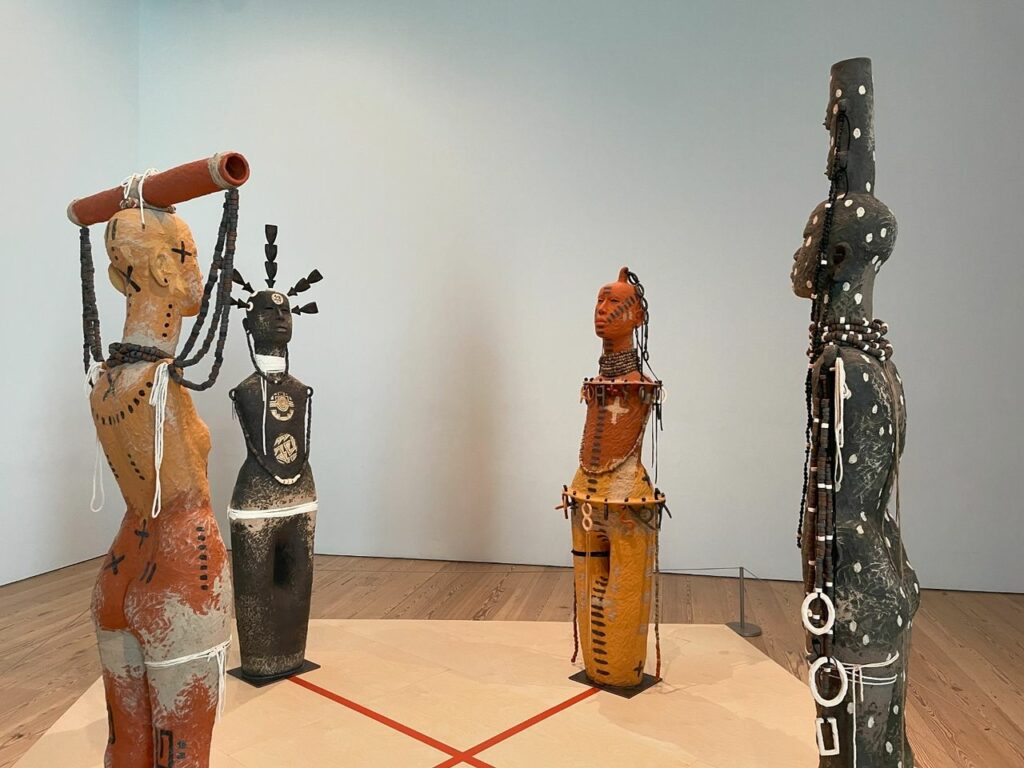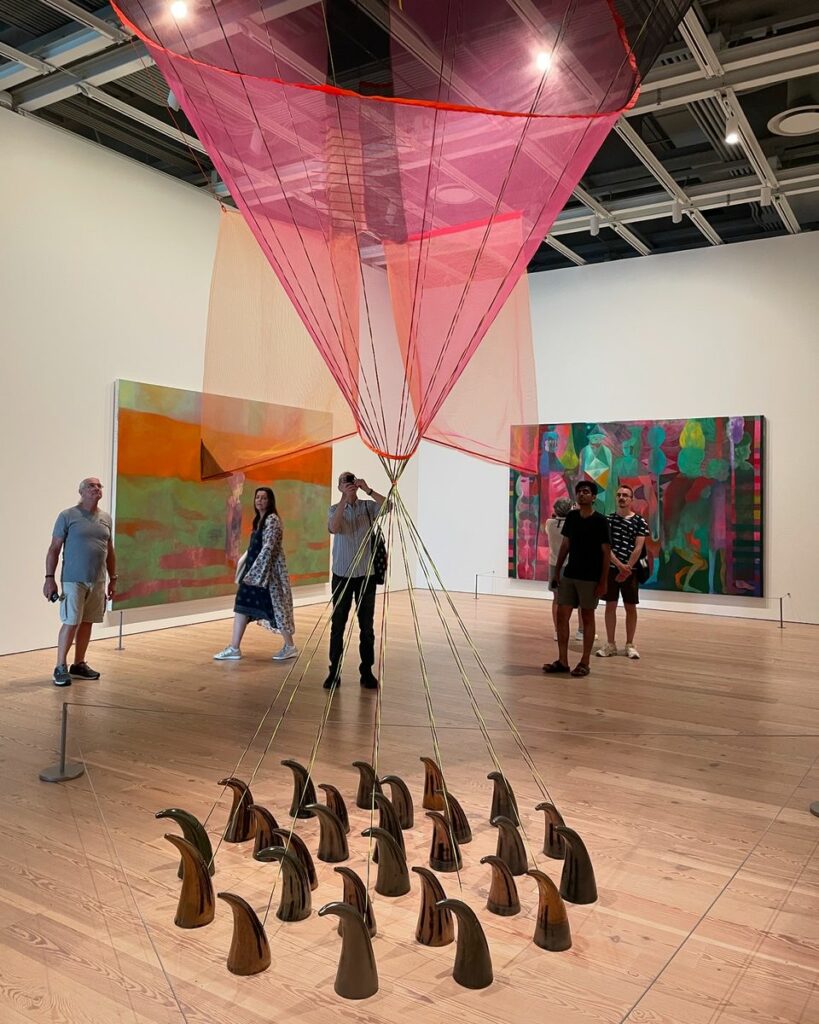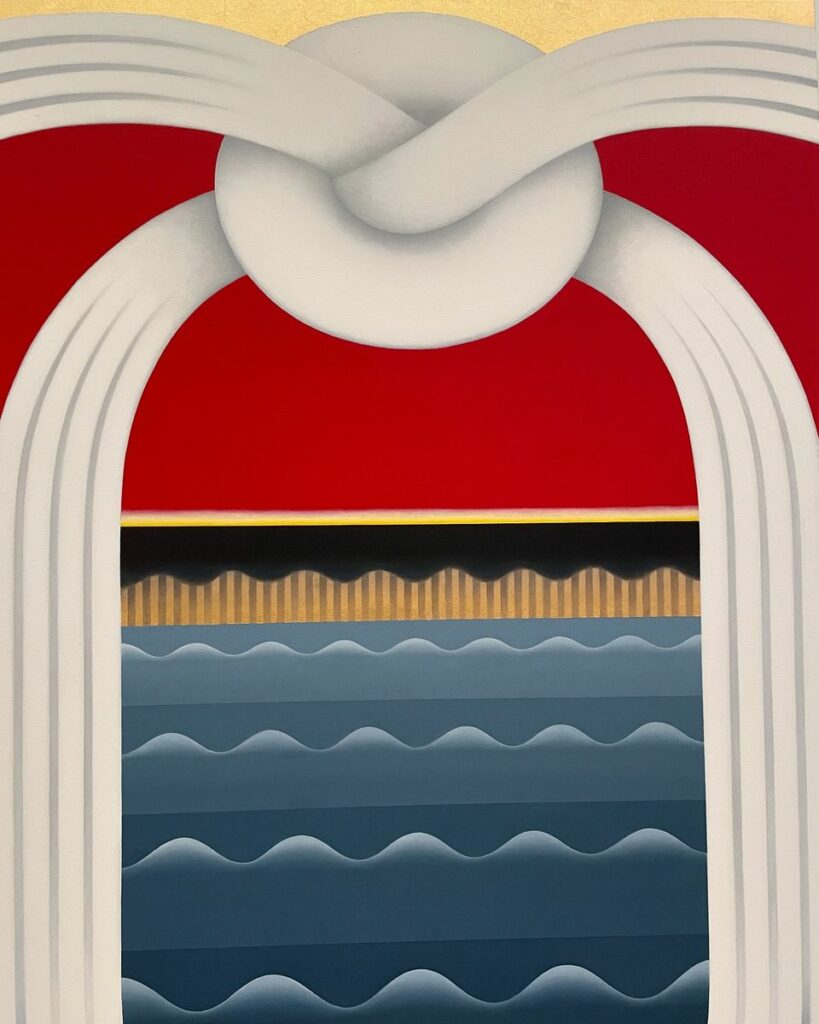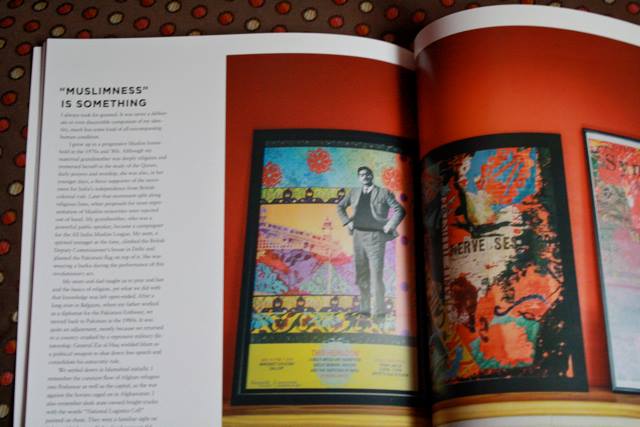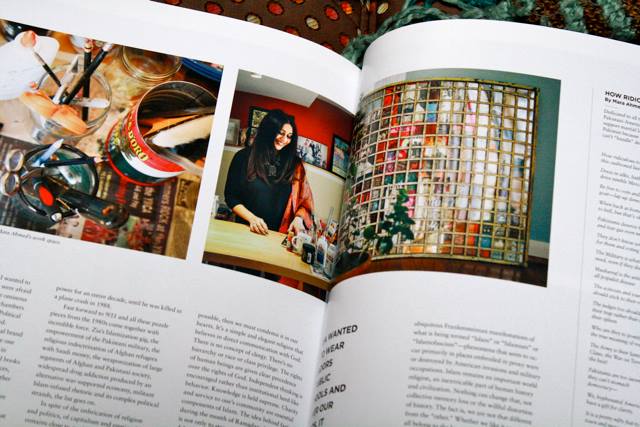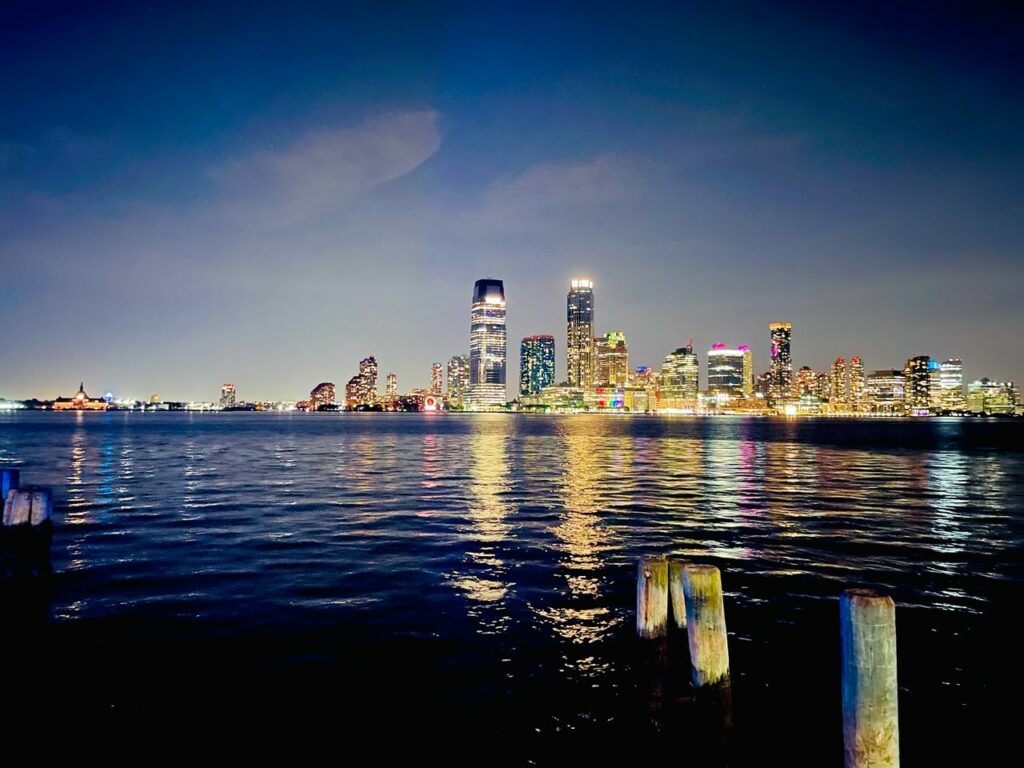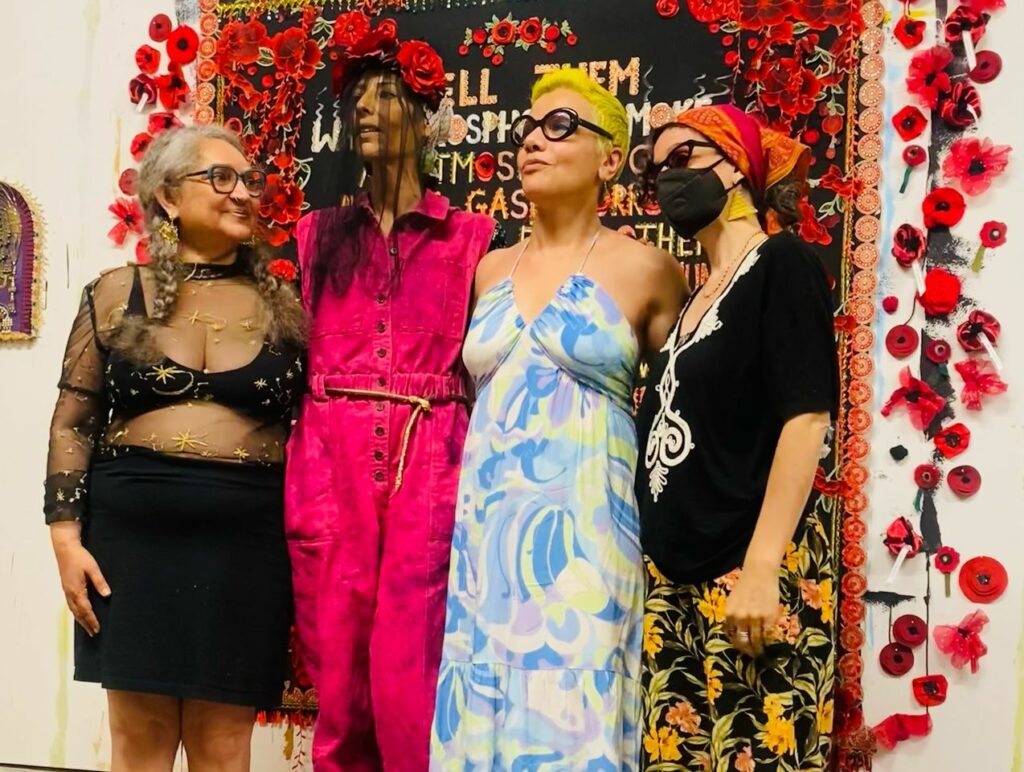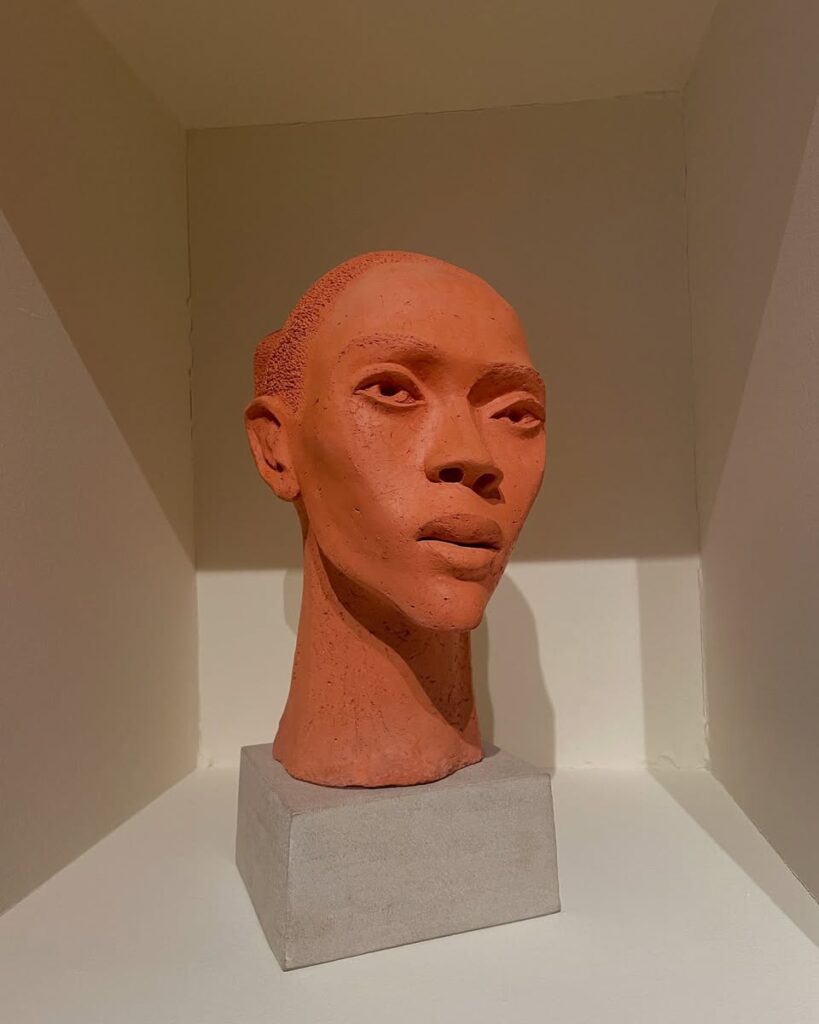
A couple of weeks ago I saw Elizabeth Catlett’s work at the Brooklyn Museum. I had already seen ‘Target’ as part of the exhibition ‘We Wanted a Revolution: Black Radical Women, 1965–85’ in Buffalo, in 2018. It’s a beautiful bronze bust of a Black man, his distinguished face seen through the crosshairs of a rifle scope made of metal and drilled roughly into the wood block that holds the sculpture. Fierce.
‘Elizabeth Catlett (1915-2012) was an avowed feminist, a lifelong activist, and an astutely observant artist. Spanning 75 years of diverse production, Catlett’s career was guided by her bold creative artistry, rigorous practice, and deep commitment to social justice and political activism.’
The first thing one sees in Brooklyn, as one enters the exhibition, is an exquisite terra cotta sculpture of a woman’s head. I was completely overcome by the delicate beauty of the piece.
In 1946, Catlett moved to Mexico as a guest artist at the printmaking collective, Taller de Grafica Popular. It was in Mexico City that she learned the terra cotta technique she later employed in her work (building a hollow shape from coils of clay) from the artist Francisco Zuniga. This indigenous technique, which allows the gentle definition of features, was in use long before the Spanish invaded and colonized. ‘Tired’ which depicts a physically depleted Black woman claiming a moment of respite and ‘Mother and Child,’ a smaller piece which brims with tenderness and the sense of safety we should all be allowed to feel in our parent’s arms, are stunning. The mother’s muscular legs seem to be rooted in the soil beneath her and reminded me of Soviet monuments and Diego Rivera’s murals.
‘While ultimately becoming a Mexican citizen, Catlett never lost sight of the Black liberation struggle in the United States. She embraced a political radicalism that merged the goals of the Black Left in the United States with the lessons of the Mexican Revolution and international feminist movements. Her transnational identity fueled a critical understanding that Black Americans and Mexicans were linked with other oppressed people around the world in a struggle against poverty, racism, and imperialism. As a result, she developed a rich visual language through which she articulated her solidarity politics across various media.’
Her sketches, lithographs, woodcuts, lino prints, watercolors, and sculptures bridge the gap between aesthetics and politics.
Catlett’s work will be on display at the Brooklyn Museum until Jan 19, 2025.



